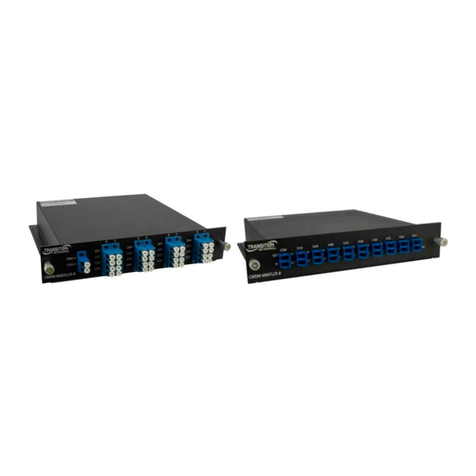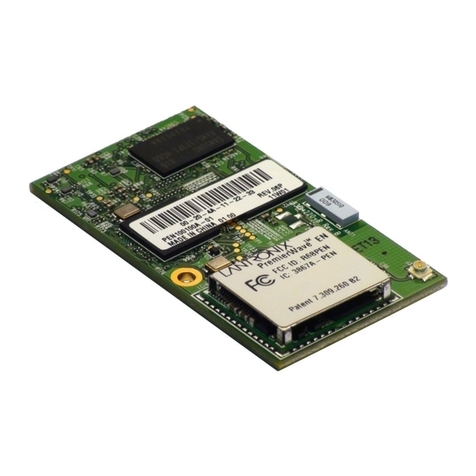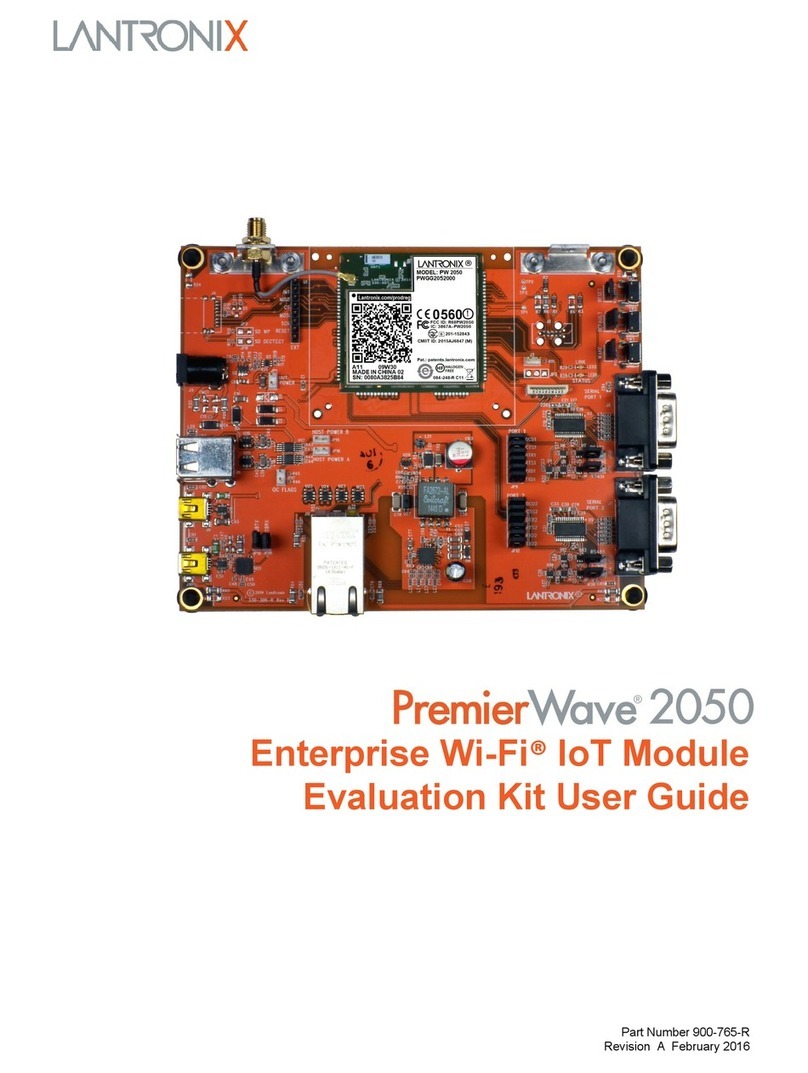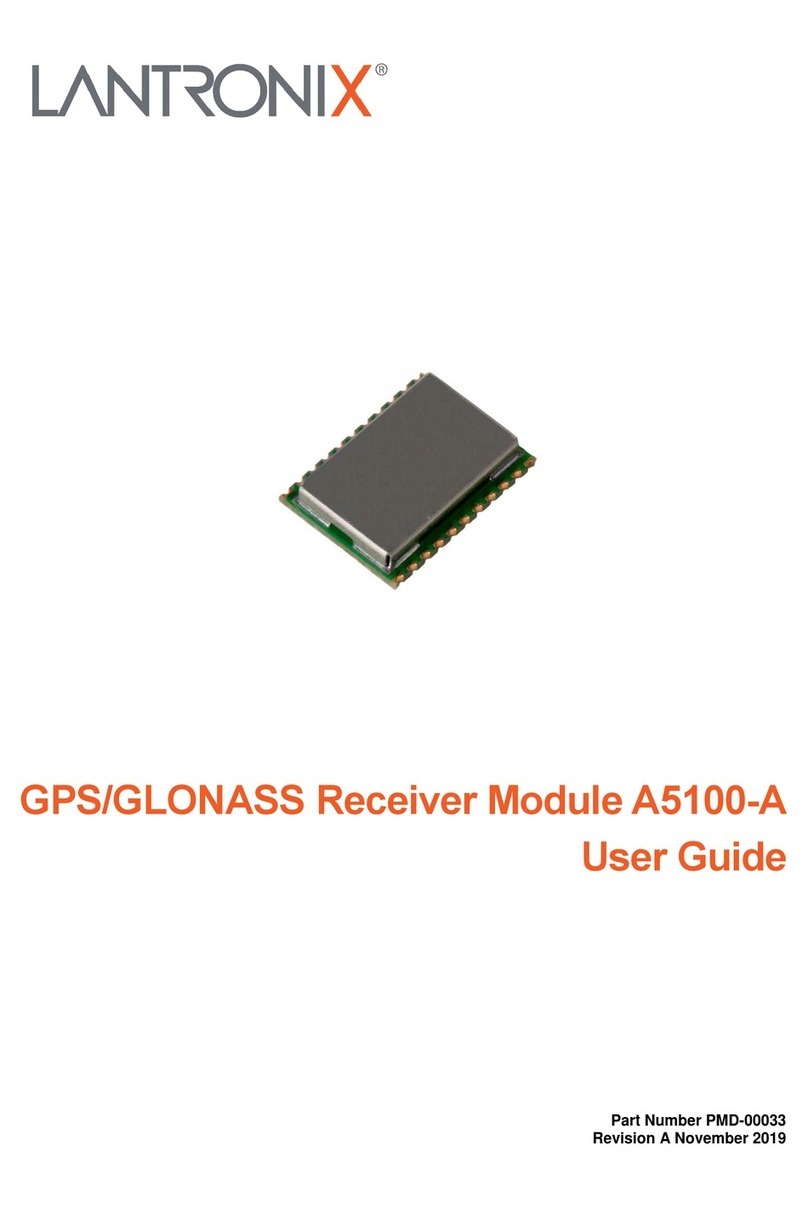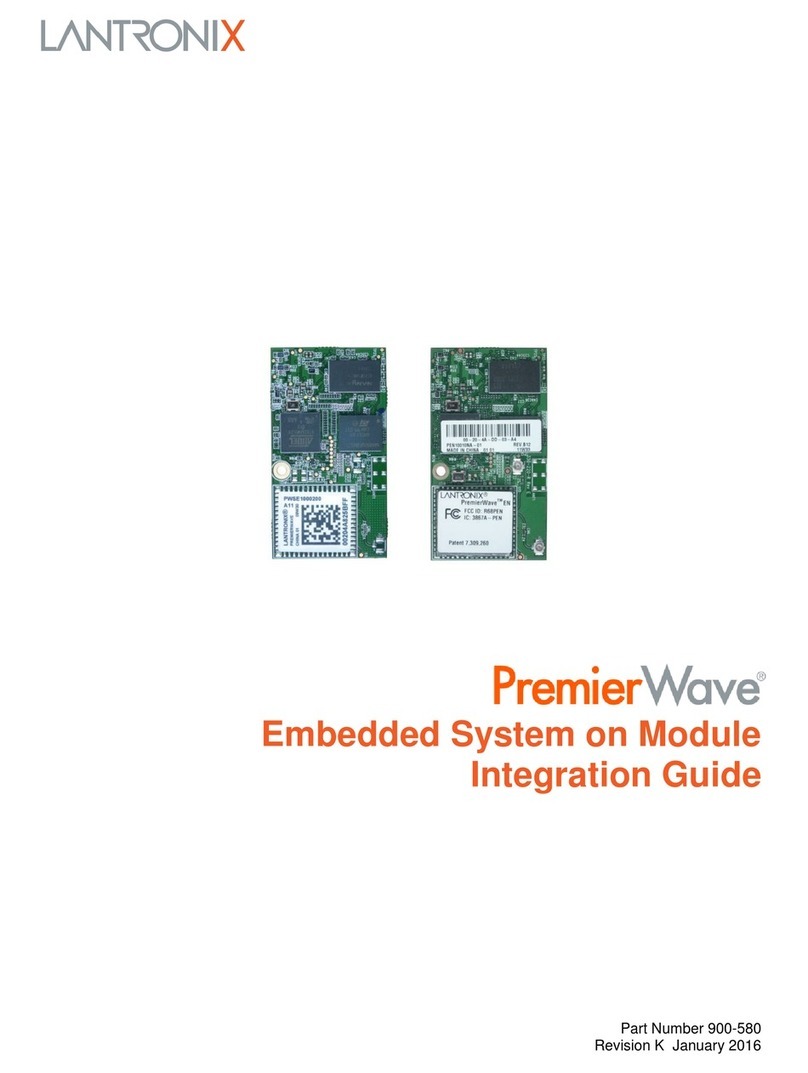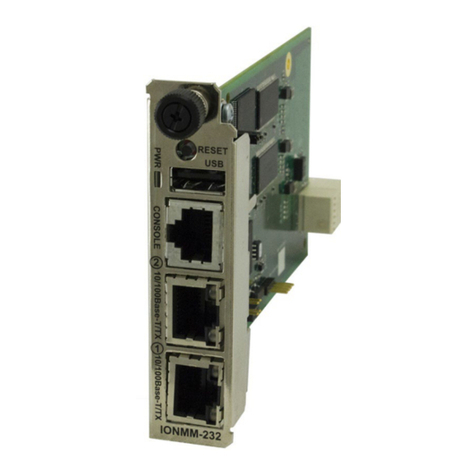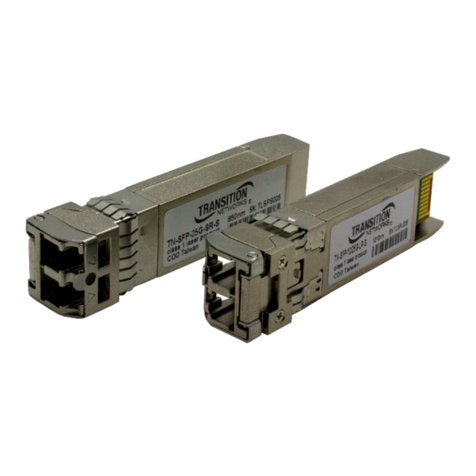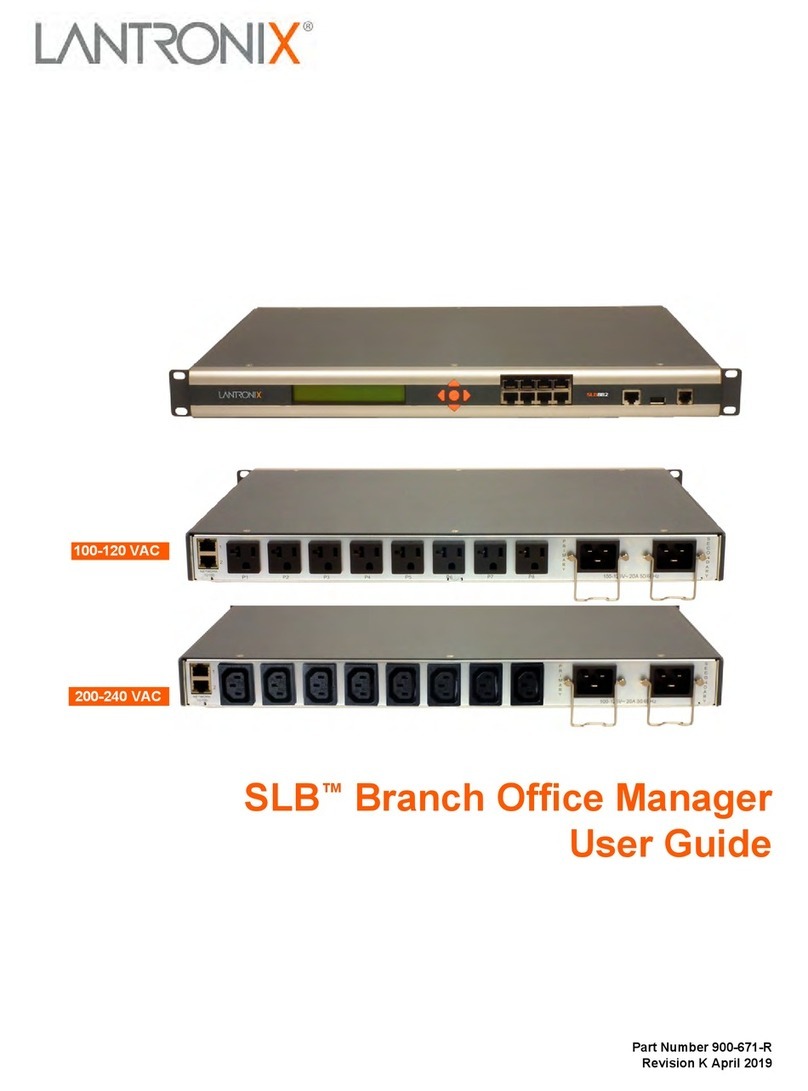
PNT-SG3FS GNSS Module Hardware User Guide 4
Table of Contents
List of Figures _____________________________________________________________ 6
List of Tables ______________________________________________________________ 7
1. Introduction 8
Overview _________________________________________________________________ 8
2. Power 9
VCC _____________________________________________________________________ 9
VBAT ____________________________________________________________________ 9
VCC_IO __________________________________________________________________ 9
VCC_RF ________________________________________________________________ 10
Power Supply Design Reference______________________________________________ 12
Current Consumption Optimization ____________________________________________ 12
3. Interfaces 13
I2C _____________________________________________________________________ 13
UART ___________________________________________________________________ 13
4. I/O Pins 14
PPS ____________________________________________________________________ 14
WakeUP_________________________________________________________________ 14
nRESET_________________________________________________________________ 14
RF_IN __________________________________________________________________ 15
AntOFF _________________________________________________________________ 15
Reserved ________________________________________________________________ 15
5. Standby Modes 16
6. Front End Management 17
Passive Antenna __________________________________________________________ 17
External LNA _____________________________________________________________ 17
Active Antenna ___________________________________________________________ 18
7. Reference Schematic and BOM 21
Schematic _______________________________________________________________ 21
Bill of Materials ___________________________________________________________ 22
8. Layout Recommendations 23
9. Antenna Recommendations 24
Patch Antenna ____________________________________________________________ 24
